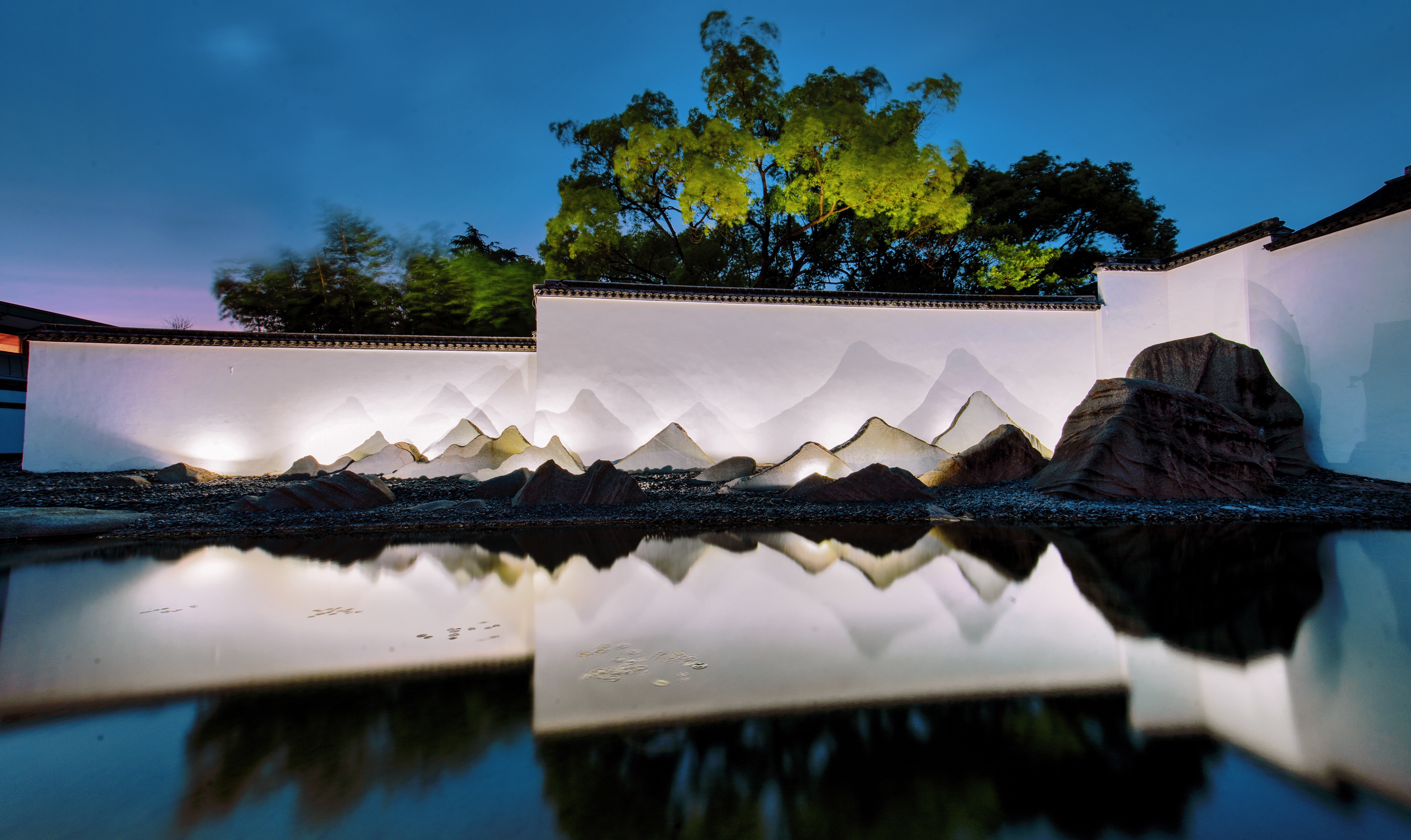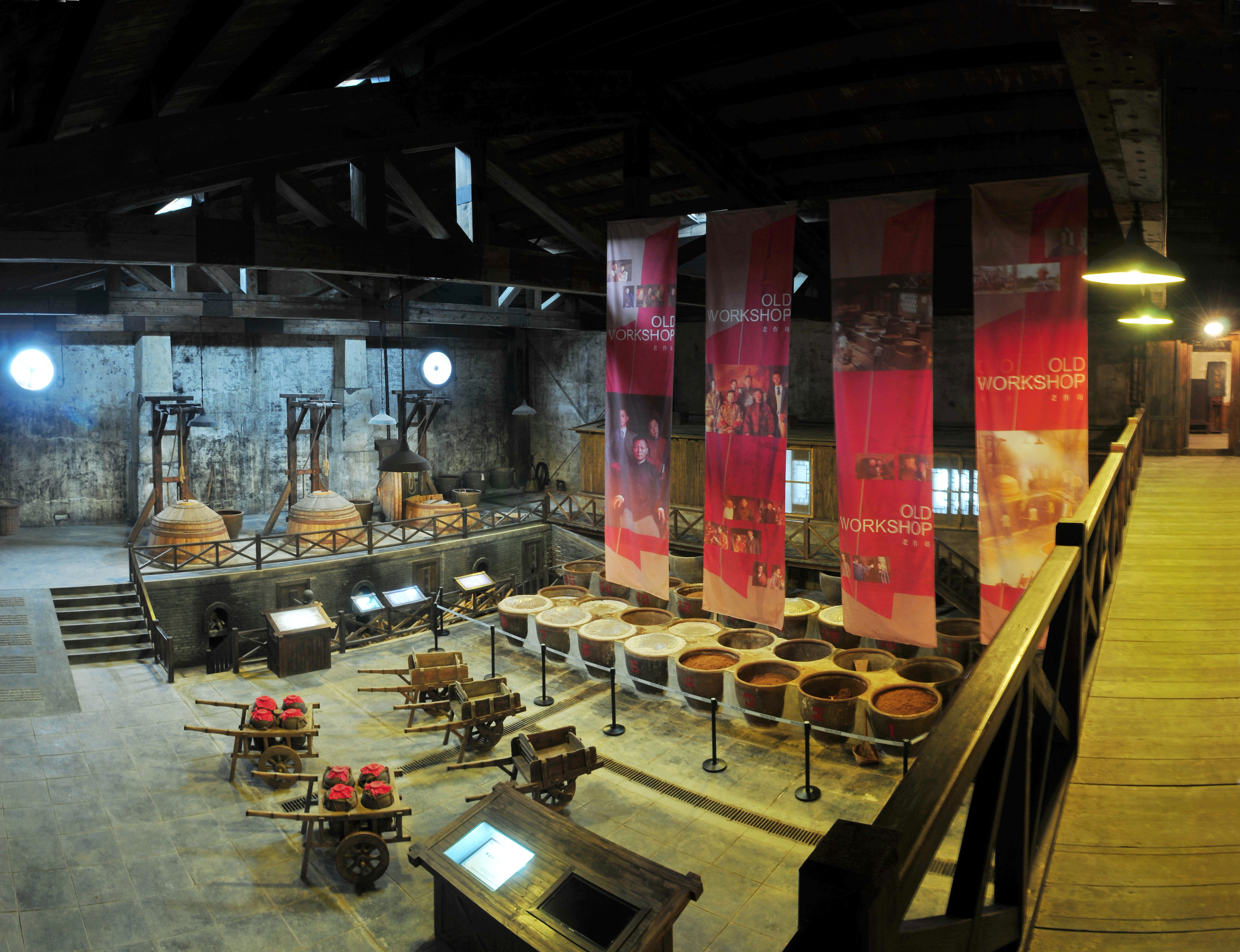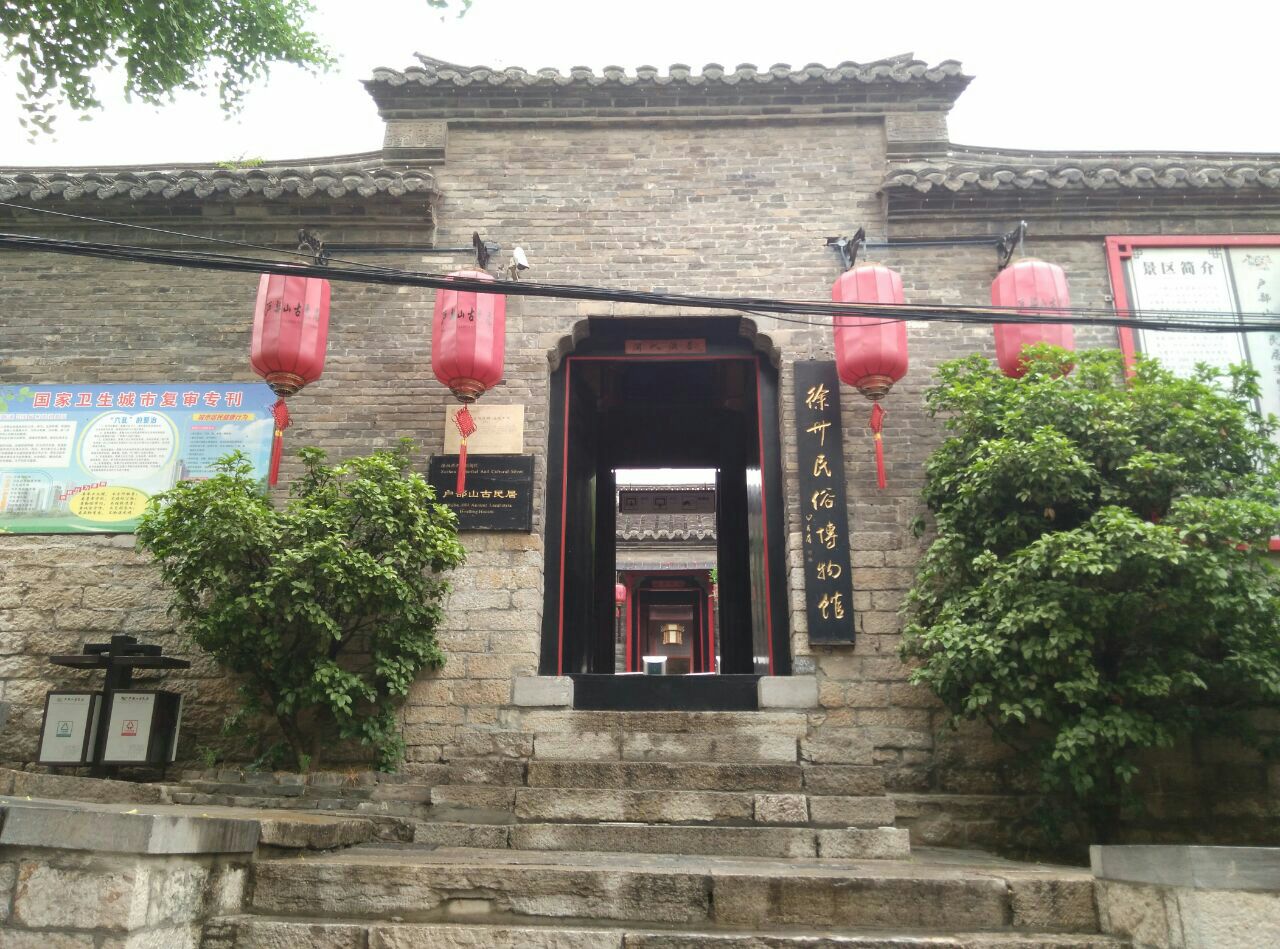Jiangsu Province has an advantageous geographical location and abundant natural resources, which has nurtured a rich culture and many outstanding figures.
If you are interested in the history and culture of Jiangsu, you must not miss the museums here with a variety of themes. Whether it’s about art history or folk life, Jiangsu’s museums have everything you need.
The only underground museum in China—Chinese Imperial Examination Museum (Jiangnan Gongyuan)
One of the four great pleasures that ancient Chinese students looked forward to in life was the “golden ticket”, referred to winning the first place in the imperial examinations, the ancient Chinese system of selecting officials by examination. It was said that attending the imperial examination was the only chance for poor scholars to become an official and utilize his talents.
On the basis of Jiangnan Gongyuan, the largest imperial examination hall in Chinese history, the Chinese Imperial Examination Museum, the only underground museum in China, is visited from the bottom up. Take a walk inside, you will see the scale-like tiles on the exterior wall and side walls decorated with letters. Passing through a ramp resembling China’s 1300 years of examination history, the first thing you encounter is a full wall of words “the classics” in the main hall. “The classics” are the compulsory teaching material for students. A tense feeling of going to a test could be sensed if you step into this museum.
The museum displays the evolution of China’s imperial examination, and uses scientific and technological means to simulate the scene of the examination, so that you will not feel bored while learning the history. If you want to know about the ancient Chinese education system and examination system, this place is highly recommended.
Address: No. 1, Jinling Road, Qinhuai District, Nanjing
 Attractive architectural appearance —Suzhou Museum
Attractive architectural appearance —Suzhou Museum
Suzhou Museum is located next to the Humble Administrator’s Garden, the most famous garden in Suzhou. Spending half a day is plenty enough for a visit to two scenic spots together. In addition to its collection of cultural relics, Suzhou Museum is most famous for its architectural appearance, which was the last art piece of the famous Chinese architect I.M. Pei. The appearance of the building is mainly in accordance with the surrounding environment of black, white and gray, with a modern sense of geometric lines, providing a stylish but simple facade. The lighting system in the museum maximizes the natural light into the interior to show the natural beauty of the cultural relics. Most windows in the museum are hexagonal, a basic figure commonly used in Chinese pattern, which not only reflects a dignified temperament but also can be used to frame the carefully designed natural scenery outside the window, forming a beautiful and unique landscape painting no matter from which angle you look at it. With such precious cultural relics and beautiful architecture like this, there is no reason not to pay a visit here.
Address: 202 Dongbei Street, Gusu District, Suzhou City
 Surrounded by the aroma of vinegar —Zhenjiang Vinegar Culture Museum
Surrounded by the aroma of vinegar —Zhenjiang Vinegar Culture Museum
After experiencing the cultural atmosphere of the above museums, it is better to relax yourself in a distinctive “workshop” – Zhenjiang Vinegar Culture Museum. Vinegar is a famous product of Zhenjiang, whose name is already well-known at home and abroad. The production process of Zhenjiang Vinegar is complicated. It takes more than 70 days to brew, and it needs to be stored for 6-12 months before it is put for sale on market.
In the traditional Jiangnan-style building, you can not only understand the origin and distribution of Chinese vinegar, but also watch the production process of vinegar. Tourists can even experience the brewing process by themselves. The vinegar produced here tastes mellow and has a variety of types. Some can be used in cooking, whereas some have the function of health keeping, vinegar gummy is also served here. At the end of your trip, don’t forget to buy something before going home. It’s a great choice whether you give it away or enjoy it yourself.
Address: No. 60, Hengshun Avenue, Dantu New Town, Zhenjiang
 Folk custom display combining motion and stillness — Xuzhou Folk Museum
Folk custom display combining motion and stillness — Xuzhou Folk Museum
Xuzhou Folk Museum is built on the basis of the original Yu and Zhai courtyards in Hubu Mountain ancient dwellings. It is composed of more than 160 ancient dwellings in Ming and Qing Dynasties. The style of Xuzhou Folk Museum not only has the regularity of the northern Siheyuan (quadrangle courtyard), but also shows the beauty of the southern dwellings. The museum displays local life and production articles and folk cultural relics of Xuzhou. Various festival cultural activities are held from time to time here. For example, professional teams are invited to perform local operas. The “traditional wedding” performance reproduces the elegant and exquisite ceremony of the ancient wedding, so that tourists can appreciate the charm of the traditional Chinese wedding intuitively. A variety of activities, not only suitable for adults, but also interesting enough to attract the attention of children. A visit here must be full of fun.
Address: No. 2, Cuijia Alley, Hubu Mountain, Yunlong District, Xuzhou City
